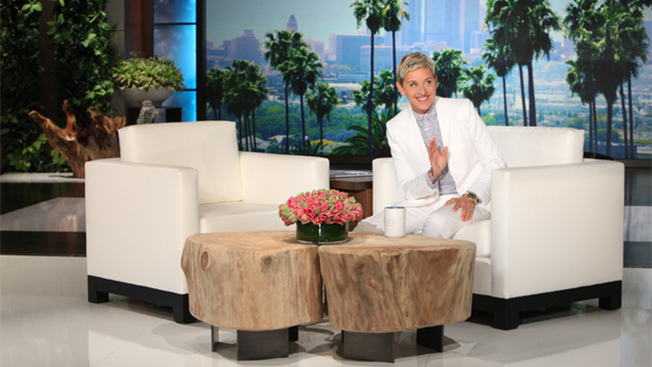
by Wayne Friedman, January 26, 2016, 4:26 PM
 The strong TV scatter market advertising of the fourth quarter of 2015 continues into the current first-quarter 2016 period, after years of weak TV advertising buying.
The strong TV scatter market advertising of the fourth quarter of 2015 continues into the current first-quarter 2016 period, after years of weak TV advertising buying.
As a result, MoffettNathanson Research expects total national TV advertising activity for the fourth quarter of 2015 to rise 4.3% to $10.8 billion for major broadcast and cable network groups.
Big gains are expected for NBCUniversal, CBS, Disney cable networks and AMC Networks.
CBS is expected to rise 5.6% for the fourth quarter to $1.29 billion in domestic national TV advertising revenues with NBC climbing 5.0% -- including its TV stations -- to $1.74 billion. Both media companies have strong NFL programming packages.
Fox, which has a big NFL franchise with the NFC Conference games on Sunday afternoon, will also see 3% growth to $976 million. Analysts cite big advertising gains from “Empire,” which started its second season in the fall. Its initial year began in January 2015.
AMC Networks will see the best network group results -- as a percentage -- up 15% to $274 million, much of this coming from “The Walking Dead” and its spin off “Fear The Walking Dead.” Disney cable networks, specifically ESPN, will climb 14.3% to $1.4 billion. It expects positive results from the sports network’s College Football Playoffs, although the games produce lower than expected TV viewership.
There are other positive forecasts for cable networks: Scripps Networks Interactive, 6.5% higher to $472 million; Time Warner, gaining 6.0% to $1.0 billion; Discovery Communications, up 4% to $410 million; Fox cable networks, improving 3.5% to $514 million; and NBCUniversal, adding 1% to $866 million.
MoffettNathanson expects continued struggles with Viacom networks -- down 5.5% to $1.01 billion.
Although TV ratings -- broadcast and cable -- continue to generally suffer, media analyst Michael Nathanson writes: “We expect media companies to benefit from a continuation in national advertising strength, due to a robust scatter market that is offsetting some pockets of continued weak rating trends.”





 Looking at the 2015 fourth-quarter period, broadcast networks continued to see rising ad growth in December -- but cable, spot television and syndication all had declines.
Looking at the 2015 fourth-quarter period, broadcast networks continued to see rising ad growth in December -- but cable, spot television and syndication all had declines. 





 Digital radio and streaming music service iHeartRadio is getting some new multiple app integrations.
Digital radio and streaming music service iHeartRadio is getting some new multiple app integrations.